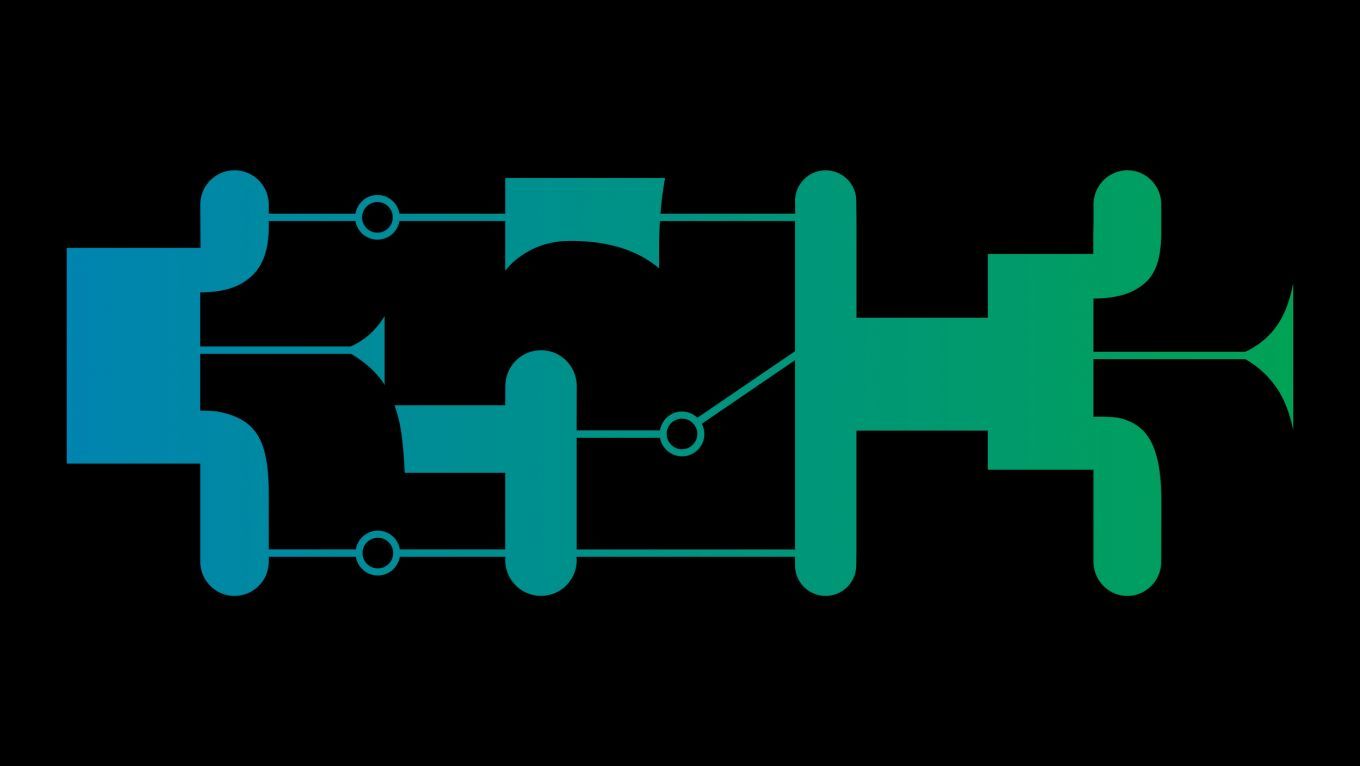Security
Sneaking In Network Security
Enforcing strong network segmentation, without anyone noticing
Highly compartmentalized network segmentation is a long-held goal of most blue teams, but it's notoriously hard to deploy once a system has already been built. We leveraged an existing service discovery framework to deploy a large-scale TLS-based segmentation model that enforces access control while automatically learning authorization rules and staying out of the way of developers. We also did it without scheduling downtime or putting a halt to development. This talk covers how we engineered this, and shares lessons learned throughout the process.
The "hard-shell, soft-center" model of network security has been popular since the invention of networks--building proper internal controls is often skipped when organizations grow quickly, and by the time that scale has been achieved, security teams resort to defending the perimeter. In this talk, I'll show an example of how we took a large modern network to a significantly more secure model by building network segmentation into the existing service discovery framework in use.
Service discovery is a critical part of recent network design, and popular frameworks often offer security features. However, these tend to be difficult to implement after the network has already been established, and don't offer endpoint-to-endpoint solutions. We built a series of extensions to SmartStack, an open-source service discovery framework, that allow it to protect all communications with mutual TLS and offer both authentication and authorization. This was all done in a way that's transparent to the applications on either side, allowing us to migrate to this system without changing any application code or teaching developers the details of the system.
This talk will discuss the technologies used and the challenges encountered in doing this rollout, and will aim to provide useful guidance to other security engineers wishing to make a similar transition.
Additional information
| Type | lecture |
|---|---|
| Language | English |
More sessions
| 12/27/18 |
Since a few months we have a new version of TLS, the most important encryption protocol on the Internet. From the vulnerabilities that created the need of a new TLS version to the challenges of deploying it due to broken devices this talk will give an overview of the new TLS 1.3.
|
| 12/27/18 |
UEFI rootkits have been researched and discussed heavily in the past few years, but sparse evidence has been presented of real campaigns actively trying to compromise systems at this level. Our talk will reveal such a campaign successfully executed by the Sednit group. We will detail the full infection chain showing how Sednit was able to install their custom UEFI module on key targets' computers. Additionally, we will provide an in-depth analysis of their UEFI module and the associated ...
|
| 12/27/18 |
Meet SiliVaccine – North Korea's national Anti-Virus solution. SiliVaccine is deployed widely and exclusively in the DPRK, and has been continuously in development by dedicated government teams for over fifteen years. When we heard of this strange software, we were immediately driven to investigate it: it's not every day that you can catch a glimpse of the malware landscape inside the closed garden of the DPRK's intranet. In this talk, we will describe how we were able to obtain a rare copy of ...
|
| 12/27/18 |
In this presentation we will take a look at how to break the most popular cryptocurrency hardware wallets. We will uncover architectural, physical, hardware, software and firmware vulnerabilities we found including issues that could allow a malicious attacker to gain access to the funds of the wallet. The attacks that we perform against the hardware wallets range from breaking the proprietary bootloader protection, to breaking the web interfaces used to interact with wallets, up to physical ...
|
| 12/27/18 |
Voicemail systems can be compromised by leveraging old weaknesses and top of current technology. The impact goes way beyond having your messages exposed.
|
| 12/27/18 |
Die Venenerkennung ist eine der letzten Bastionen biometrischer Systeme, die sich bisher der Eroberung durch Hacker widersetzt hat. Dabei ist sie ein lohnendes Ziel, schützt sie doch Bankautomaten und Hochsicherheitsbereiche. In diesem Talk machen wir die Verteidigungsanlagen dem Erdboden gleich.
|
| 12/27/18 |
We all know what FAX is, and for some strange reason most of us need to use it from time to time. Hard to believe its 2018, right? But can FAX be something more than a bureaucratic burden? Can it actually be a catastrophic security hole that may be used to compromise your entire network? Come watch our talk and find out …
|

